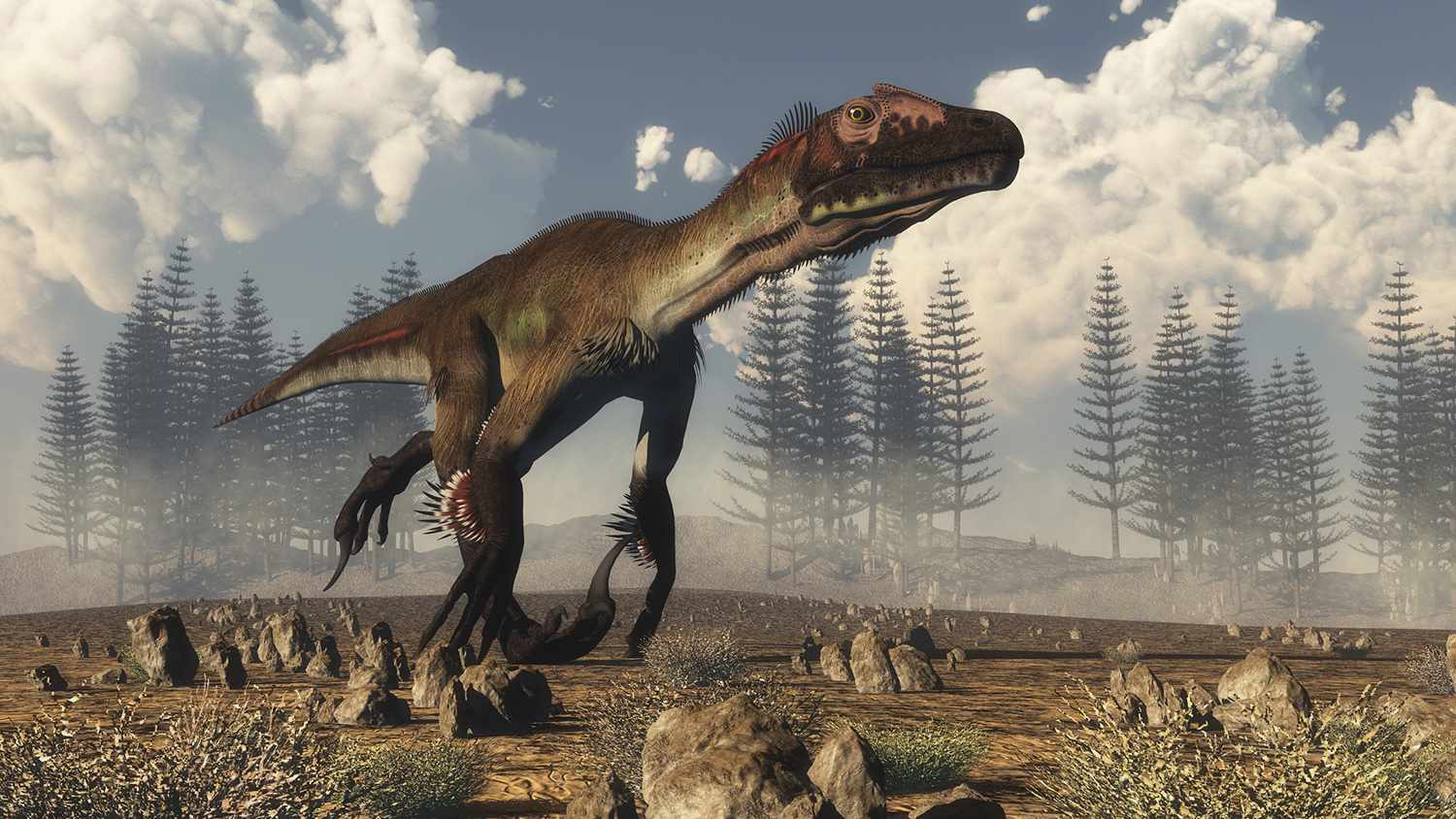
17 interesting facts about Utahraptor
- 👁️ 267
The Utahraptor stands as a towering figure in the prehistoric landscape, capturing the imagination of paleontologists and dinosaur enthusiasts alike. This formidable predator roamed the earth during the Early Cretaceous period, approximately 126 million years ago, and has since emerged as one of the most fascinating subjects within the field of paleontology. Known for its size, strength, and sharp claws, the Utahraptor provides a unique glimpse into the life of one of the earth’s earliest dominant predators. Let’s delve into some of the most interesting and informative facts about this incredible dinosaur.
- Utahraptor is the largest known member of the Dromaeosauridae family, which also includes the famous Velociraptor.
- It was discovered in 1991 by paleontologist Jim Kirkland in the Dalton Wells Quarry near Moab, Utah.
- The name Utahraptor means “Utah’s predator,” reflecting its discovery location.
- This dinosaur measured about 23 feet (7 meters) in length, making it one of the largest raptors ever discovered.
- Estimates suggest that Utahraptor weighed around 1,100 pounds (500 kilograms), comparable to the size of a polar bear.
- Its diet likely consisted of large herbivorous dinosaurs, as evidenced by its strong jaws and sharp teeth.
- Utahraptor possessed a formidable curved claw on each foot, measuring approximately 9 inches (22 cm) in length.
- The discovery of Utahraptor was partly due to the popularity of the “Jurassic Park” novel, which brought increased attention to larger raptors.
- Fossil evidence suggests that Utahraptor may have had feathers or feather-like structures.
- Its large size and power suggest that Utahraptor could have been an apex predator in its ecosystem.
- The first Utahraptor fossils were part of a bone bed that indicated the possible pack hunting behavior of these dinosaurs.
- Unlike the smaller Velociraptor, Utahraptor’s arms were particularly robust, hinting at their use in capturing and holding onto prey.
- The sediment in which Utahraptor fossils were found suggests they lived in a semi-arid environment, with wet and dry seasons.
- Paleontologists believe that Utahraptor had excellent vision, aiding in hunting and navigation through its environment.
- Some studies propose that Utahraptor’s large sickle-shaped claws were used to disembowel prey.
- The discovery of Utahraptor has played a significant role in understanding the evolution and diversity of theropod dinosaurs.
- It’s speculated that Utahraptor hunted in groups, similar to the behavior of some modern-day predators like wolves.
The Utahraptor stands as a testament to the incredible diversity and complexity of prehistoric life on Earth. Its discovery not only shed light on the evolutionary history of theropods but also captured the public’s imagination, highlighting the ever-present fascination with dinosaurs. As research continues, the Utahraptor will undoubtedly remain a subject of interest, symbolizing the sheer wonder and mystery that the prehistoric world holds. The facts surrounding this magnificent predator serve as a reminder of the dynamic ecosystems that once flourished and the continuous pursuit of knowledge that drives the field of paleontology forward.
The Utahraptor stands as a towering figure in the prehistoric landscape, capturing the imagination of paleontologists and dinosaur enthusiasts alike. This formidable predator roamed the earth during the Early Cretaceous period, approximately 126 million years ago, and has since emerged as one of the most fascinating subjects within the field…